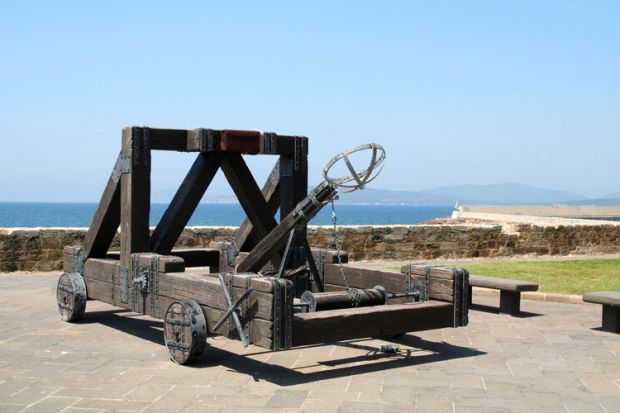Business secretary Vince Cable confirmed during a visit to the Harwell Science and Innovation Campus near Oxford on 13 August that two new centres will be created in 2015-16.
A centre in “energy systems” will aim to help businesses tackle the challenge of meeting future energy supply and demand, he announced.
Meanwhile a second, in “diagnostics for stratified medicine”, aims to help identify and provide the right care for individual patients, allowing businesses to develop new treatments and reducing the cost of healthcare.
The expansion of the network, which is designed to help businesses to commercialise new innovations and is overseen by the Technology Strategy Board, was announced as part of the 2015-16 spending round in June.
The government said the commitment comes following the success of the existing centres, five of which - in high-value manufacturing, cell therapy, offshore renewable energy, satellite applications and the connected digital economy - are up and running.
Two more centres, in future cities and transport systems, are scheduled to be set up by next year.
Catapults are business-led and based outside universities. Last month, director of the network Simon Edmunds highlighted that there was a still a big community within academia that the centres had yet to reach.
Much of the progress so far has involved appointing senior teams, building collaborations and establishing the physical centres and activity programmes.
Speaking at Harwell, where the Satellite Applications Catapult is based, Mr Cable said that in their first five years the catapults will have received a total of £1.4 billion in public and private sector investment and that further investment would follow.
“By committing to investment in new technologies now, we are laying the foundations for the high-growth businesses of the future. This will allow them to grow, take on more employees and keep the UK at the forefront of global innovation,” he said.
According to the Department for Business, Innovation and Skills, the High Value Manufacturing Catapult – which is unique among the centres in being formed from a group of existing initiatives and has strong ties among UK universities – will receive an extra £7 million.
In its first year of operation it has been involved in 830 projects and engaged with almost 2,000 small- and medium-sized enterprises, it said.
Other successes highlighted in the TSB’s annual review of centres, published on 13 August, include the imminent opening of the Cell Therapy Catapult’s £7.5 million laboratory at Guy’s Hospital in London and the centre’s established collaborations with pharmaceutical firm GlaxoSmithKline, the UK Stem Cell Foundation and Loughborough University.





